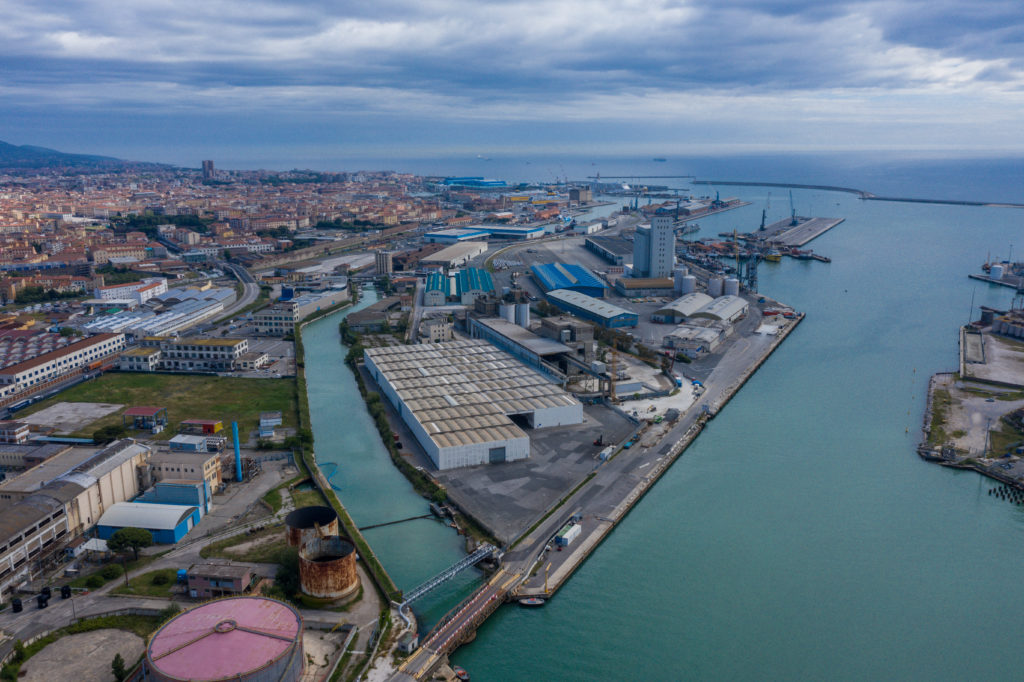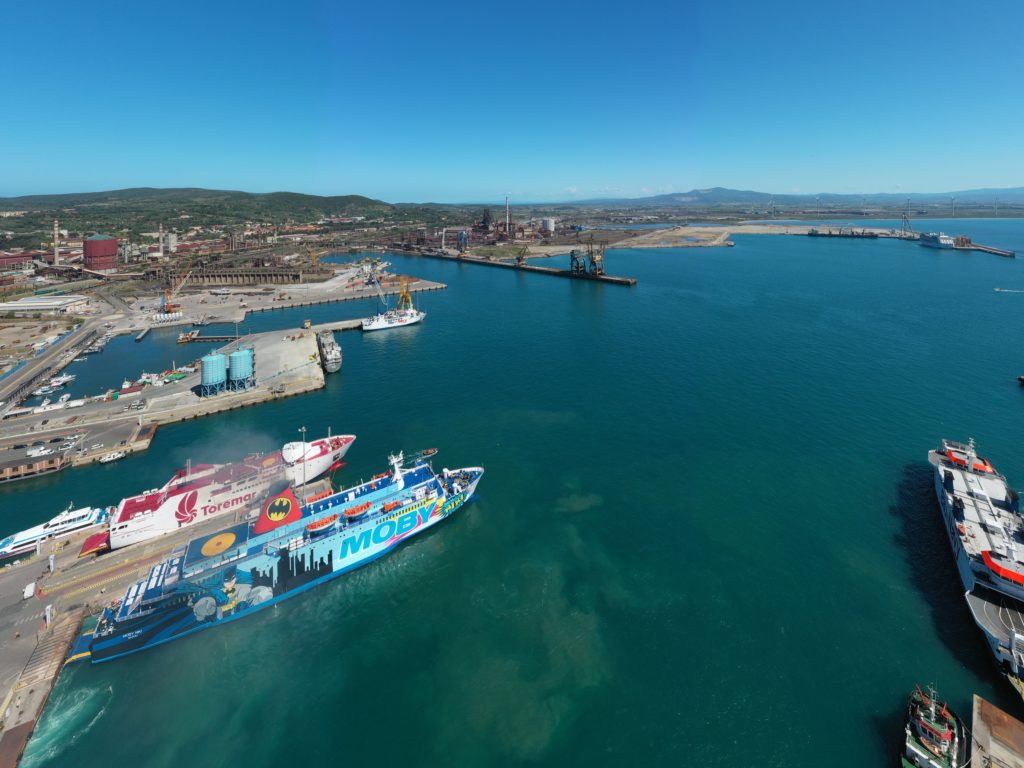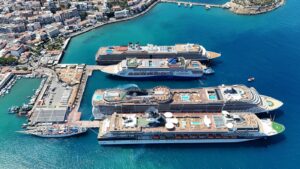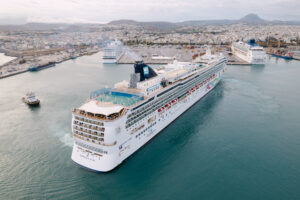Piombino on the crest of a wave
Passenger traffic in the port of Piombino is back to pre-pandemic levels, according to the figures provided by the Port Network Authority’s Studies and Statistics Dept. Over the first seven months of the year, 1.695 million people transited along the Tuscan port’s piers.
During the same period in 2019, there were 1.708 million passengers, just 13 thousand more. There is therefore a percentage difference of just -0.8%. However, compared to 2021, there has been a 21.7% increase with over 300 thousand more passengers.
Likewise, the number of privately-owned vehicles (cars, campers, motorcycles and buses) accompanying passengers transiting through the port is very encouraging. At the end of this first part of the year, 530 thousand vehicles were recorded, a 12.6% increase on 2019 and +15% compared to 2021.
Cruise traffic is also almost back to 2019 levels. With the same number of calls (four in both years being looked at), the number of cruise passengers passing through Piombino port was 5,788 compared to 6,718 in 2019. In percentage terms, the difference is just 13.8.%. Compared to 2021, however, the trend is extremely positive: +100%.
However, the monthly analysis of pax traffic shows that in July there was a slight drop (-4%) in the total number of passengers, compared to last year’s figures. The difference is nothing to worry about, especially if we consider that July and August 2021 were exceptional months; the partial end to the pandemic and the choice of vacations closer to home resulted in even higher numbers than in the same months of 2018 and 2019.
A more detailed analysis also shows that this downturn can be attributed almost exclusively to less passengers on route to/from Sardinia and Corsica.
In fact, the number of passengers embarking and disembarking to/from the Elba Island ports over the first 7 months of the year is encouraging both in comparison with last year and 2019.
At 1,644,847, passengers to/from Elba’s ports, i.e. over 94% of the total traffic, in January-July were up 23.6% from 2021 and 0.8% from 2019.
On the other hand, passenger traffic to/from Sardinia and Corsica fell by -17.8% compared to January-July 2021 and -34.6% in relation to January-July 2019.
“We can only be happy and optimistic about the immediate future,” Port Network Authority President, Luciano Guerrieri, commented “The analysis of passenger traffic data shows important signs of recovery for the port of Piombino. Ferries are now practically back to pre-pandemic levels, while cruises are gradually approaching 2019 volumes. The numbers show we’re back on the right track.”
Livorno ups its cruise accommodation capacity
Boosting the accommodation capacity of the cruise hub by acquiring new areas on quay 75, behind the Medicean port. This is what prompted the Port Network Authority to sell two ‘Paolo De Nicola’ jib cranes for demolition
Boosting the accommodation capacity of the cruise hub by acquiring new areas on quay 75, behind the Medicean port. This is what prompted the North Tyrrhenian Port Network Authority to sell, two ‘Paolo De Nicola’ jib cranes, owned by the former Livorno Port Authority and long since obsolete, for demolition.
The cranes were handed over to the Metal Trading S.r.l company on 29th June, and the demolition work was completed in just under a month.
Now the quay is completely free and can be fully used for berthing larger cruise ships than at present. “We have completed an operation that enables us to have greater space available in the port, and at no cost to the Authority” said the Authority’s senior administration executive and Single Procedure Manager, Simone Gagliani.
In fact, the Port Network Authority received 35,000 euros from the successful bidder for the sale of the two cranes without incurring any costs for vacating the areas. In return, the company acquired the full ownership of the scrap metal from the demolition.





